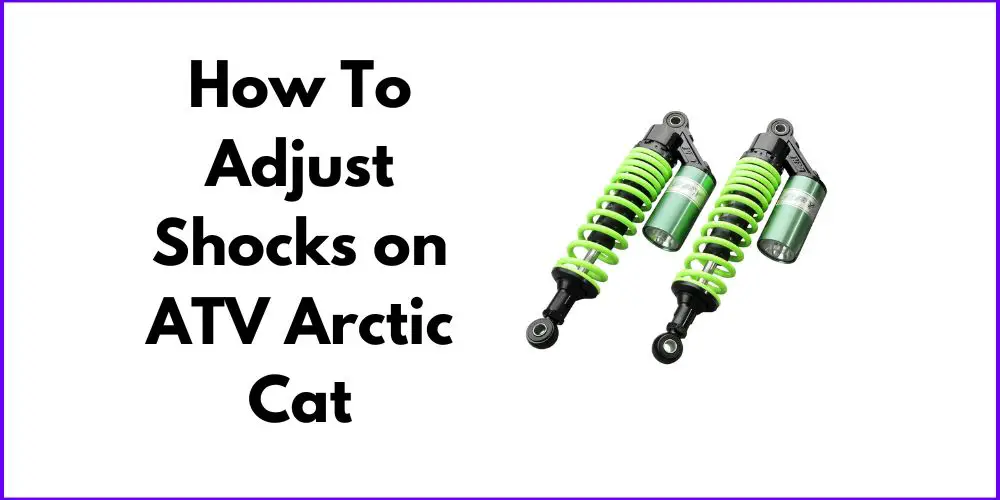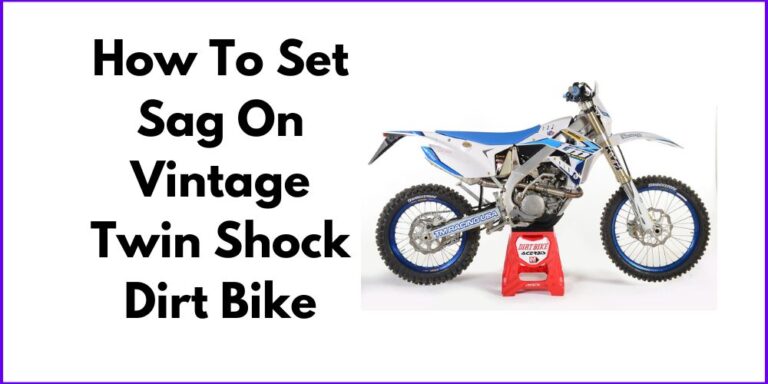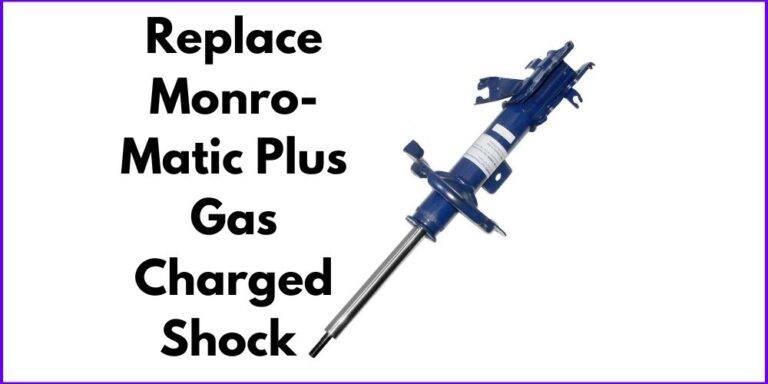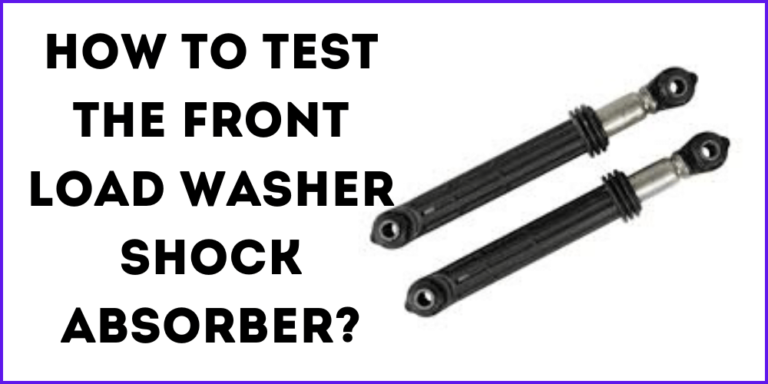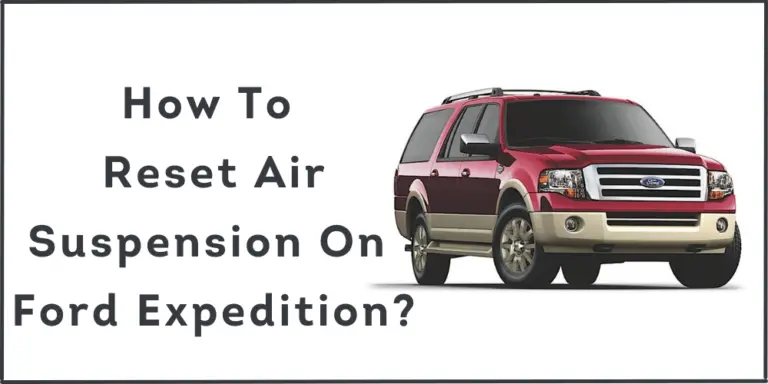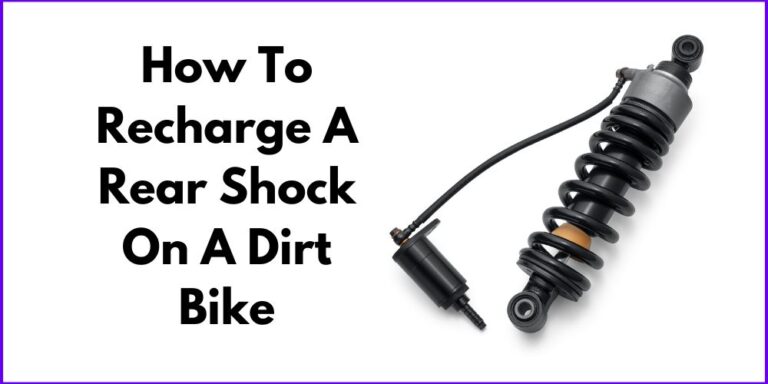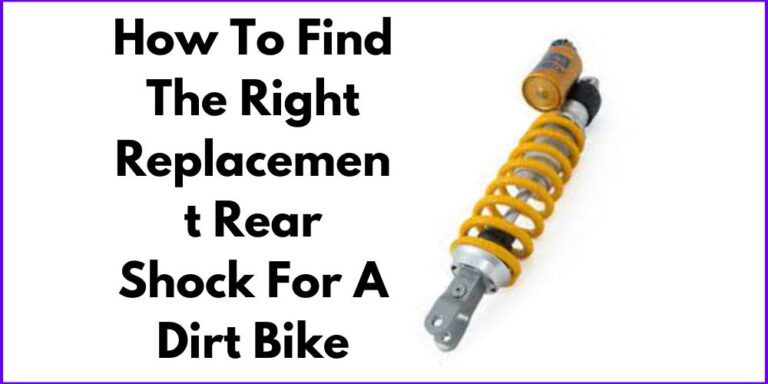In an ATV, shocks play a vital role in absorbing impacts and providing stability. These hydraulic components mitigate vibrations and bumps, allowing the rider to maintain control.
However, shocks require occasional adjustments to accommodate different terrains, payloads, and riding styles.
Tools Required for Adjusting Shocks
Before starting the adjustment process, gather the necessary tools. This ensures a smooth and efficient operation while preventing any shock damage.
You’ll need a shock spanner wrench, a screwdriver, and a measuring tape. Using the right tools for the job is crucial to avoid any unnecessary complications or accidents.
How To Adjust Shocks on ATV Arctic Cat
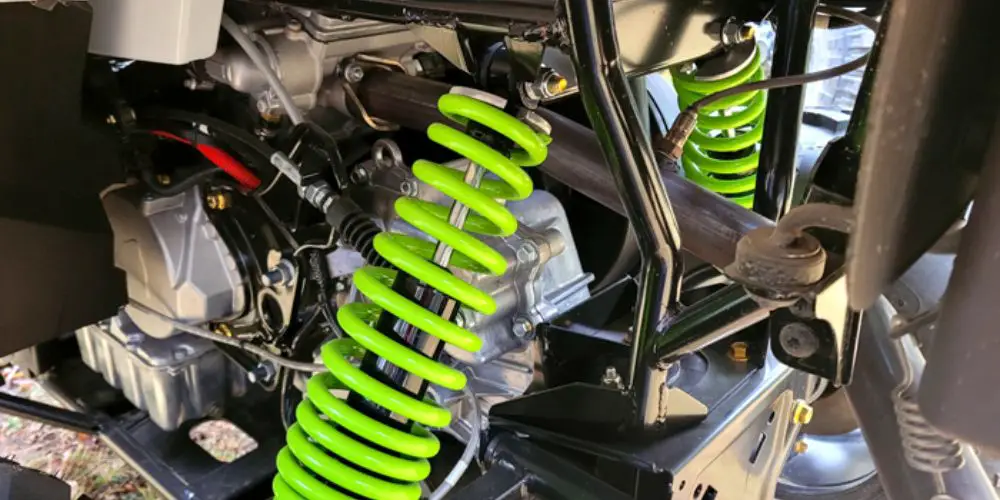
To begin adjusting the shocks, park your ATV on a flat surface, preferably on a stand or lift, for easier access. Ensure that the ATV is secure and will not roll or tip over during the adjustment process. It’s also essential to take appropriate safety measures, such as wearing protective gear and disconnecting the battery.
- Adjusting the Spring Preload: The spring preload determines the initial tension on the coil spring. It affects how the suspension reacts to different loads and impacts. To adjust the spring preload, locate the spring preload adjustment collars on the shocks. Use the shock spanner wrench to rotate the clockwise or counterclockwise collars, depending on whether you want to increase or decrease the preload. Make gradual adjustments and test the suspension after each adjustment to find the desired setting.
- Setting the Compression Damping: Compression damping controls the speed at which the shock compresses when encountering bumps or impacts. It influences the overall stiffness and responsiveness of the suspension. Locate the compression damping adjustment screw on the shocks to adjust the compression damping. Use a screwdriver to turn the screw clockwise or counterclockwise to increase or decrease the compression damping. Again, make incremental adjustments and test the performance to achieve the desired setting.
- Tuning the Rebound Damping: Rebound damping regulates the speed at which the shock extends after being compressed. It influences the rate at which the suspension returns to its normal position. Locate the rebound damping adjustment knob on the shocks and turn it clockwise or counterclockwise to increase or decrease the rebound damping. As always, test the suspension after each adjustment to fine-tune the rebound damping settings.
- Fine-tuning the Ride Height: Ride height refers to the distance between the ground and a specific point on the ATV, usually the bottom of the chassis or footpegs. It affects the overall stability and handling of the vehicle. Adjusting the ride height can be done by modifying the suspension linkage. Follow the manufacturer’s guidelines for adjusting the ride height, and test the ATV’s performance to ensure it meets your preferences.
- Troubleshooting Common Issues: Improper shock adjustment can result in various problems, such as excessive bouncing, bottoming out, or reduced suspension travel. If you notice any of these issues, it’s crucial to troubleshoot and identify the underlying causes. Common solutions include readjusting the spring preload, compression damping, or rebound damping. Understanding these troubleshooting techniques will help you optimize your ATV’s suspension performance.
- Regular Maintenance and Inspection: To ensure optimal performance and longevity of the shocks, regular maintenance is essential. Clean the shocks regularly and inspect them for any signs of wear or damage. Look for leaks, worn seals, or loose components. If you notice any issues, it’s recommended to consult a professional or contact the manufacturer for further guidance.
How can I make my ATV ride smoother?
To make your ATV ride smoother, you can try the following tips:
- Tire Pressure: Ensure that your ATV’s tires are inflated to the manufacturer’s recommended pressure. Proper tire pressure can significantly improve the ride quality and reduce vibrations.
- Suspension Adjustment: Depending on your ATV model, you may have adjustable suspension settings. Experiment with different settings to find the optimal balance between comfort and stability.
- Suspension Upgrades: Consider upgrading your ATV’s suspension components, such as shocks and springs, to ones that are specifically designed for smoother rides. High-performance suspension systems can absorb bumps and uneven terrain more effectively.
- Terrain Selection: Choose your riding terrain carefully. Avoid rough or rocky terrains if you’re looking for a smoother ride. Smooth trails or open fields with minimal obstacles can provide a more comfortable experience.
- Slow Down: Reducing your speed can help mitigate the impact of bumps and rough terrain. Slower speeds give the ATV’s suspension more time to absorb the shocks, resulting in a smoother ride.
- Body Positioning: Maintain a proper body position while riding. Distribute your weight evenly on the ATV, keeping your feet on the footrests and gripping the handlebars firmly. This helps stabilize the ATV and improves control, leading to a smoother ride.
- Seat and Grips: Consider investing in a seat cover or padding to provide extra cushioning and reduce vibrations. Upgrading your handlebar grips can also enhance comfort by reducing hand fatigue and absorbing vibrations.
- Regular Maintenance: Ensure your ATV is well-maintained, including regular oil changes, lubrication of moving parts, and inspection of the suspension components. Proper maintenance can optimize the performance of your ATV and contribute to a smoother ride.
How do you adjust the height of shocks?
Adjusting the height of shocks on an ATV typically involves adjusting the preload, which determines how much the suspension compresses under weight. The exact method may vary depending on the make and model of your ATV, but here is a general guideline:
- Locate the shock absorber on your ATV. There will typically be one at the front and one at the rear.
- Identify the preload adjustment mechanism on the shock absorber. This could be in the form of a threaded collar or a locking ring. If your ATV has a threaded collar, you can adjust the preload by turning the collar clockwise to increase preload (raising the ride height) or counterclockwise to decrease preload (lowering the ride height). Use a suitable tool, such as a spanner or a specialized shock adjustment tool, to turn the collar.
- If your ATV has a locking ring, you will need to loosen the ring first to allow adjustment. Once the ring is loosened, you can rotate the threaded section of the shock absorber to adjust the preload. Turning it clockwise increases preload, while turning it counterclockwise decreases preload. Once you’ve made the desired adjustment, tighten the locking ring to secure the setting.
- Repeat the adjustment process for each shock absorber on your ATV, ensuring that you make the same adjustment on both the front and rear shocks to maintain balance. It’s important to consult your ATV’s owner manual for specific instructions and recommended preload settings for your particular model. The manual may provide guidelines based on rider weight, riding conditions, and preferences. After adjusting the preload, take your ATV for a test ride to assess the ride height and comfort. Make further adjustments as needed until you achieve the desired smoothness and handling.
Final Words
Adjusting the shocks on an ATV Arctic Cat is crucial to enhance ride comfort and performance. By understanding the different components of the shocks and following the adjustment procedures, you can optimize your ATV’s suspension system.
Remember to use the appropriate tools, make incremental adjustments, and test the performance after each change. Proper shock adjustment and regular maintenance allow you to enjoy a smoother and safer riding experience on your ATV.

